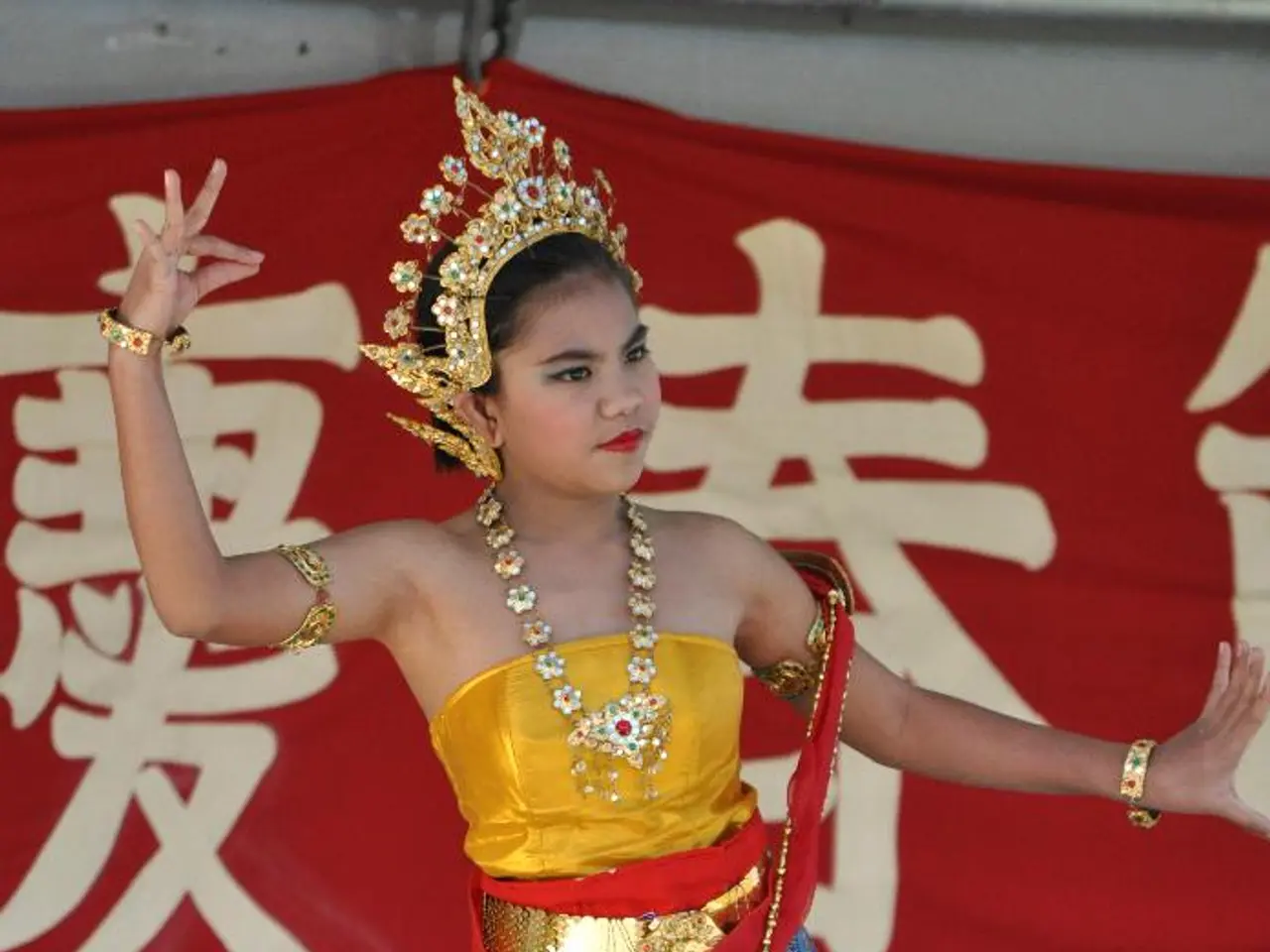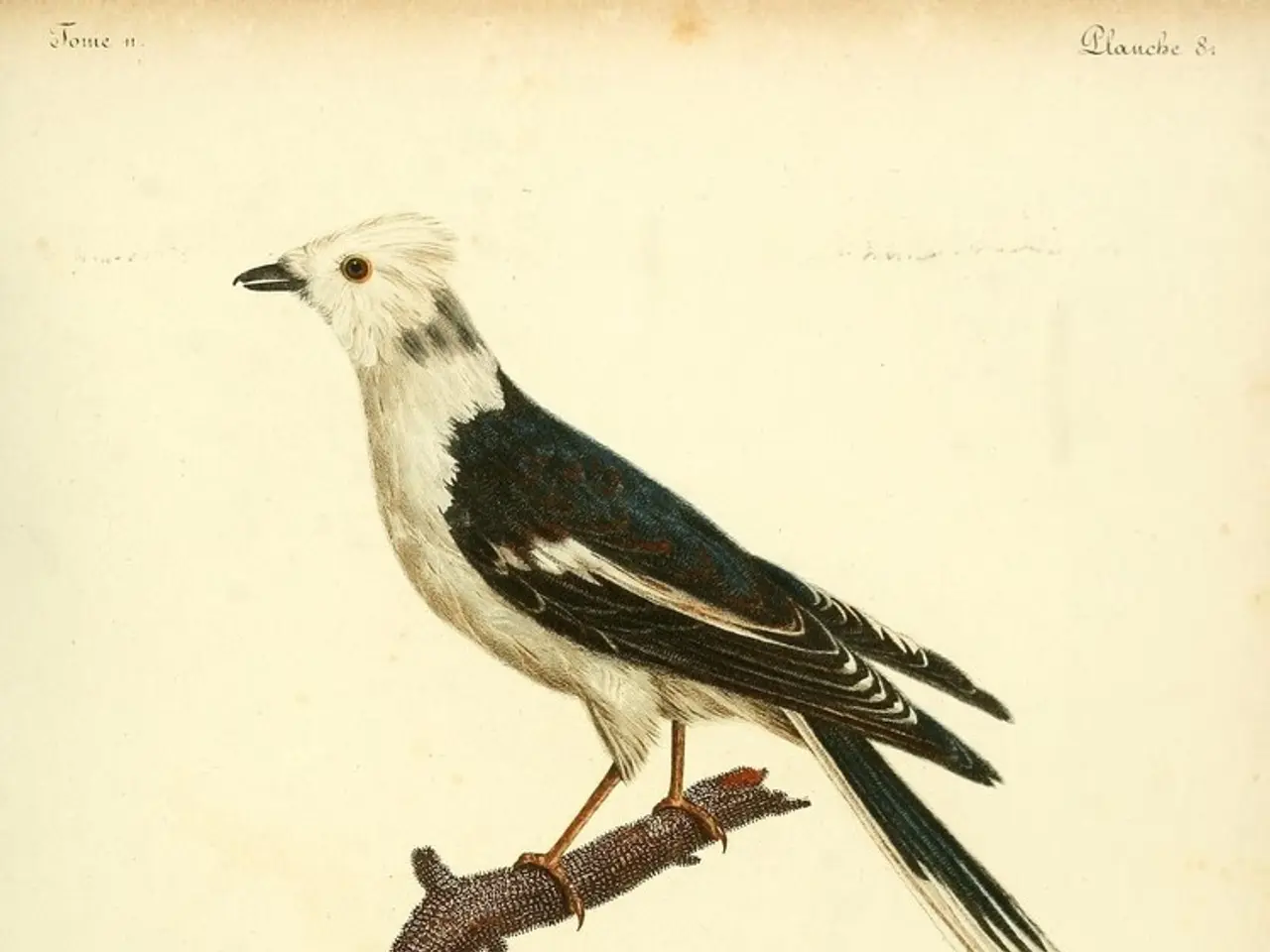Detailed Summary and Exploration of Bharat Muni's Natyashastra's Core Concepts
=====================================================================================
Bharata Muni's Natyashastra, an ancient Sanskrit text written between 200 BCE and 200 CE, has had a profound historical impact and ongoing influence on Indian creative traditions, particularly in theatre, dance, and music.
The Natyashastra offers a comprehensive guide, detailing rules, theories, and techniques for dramaturgy, stagecraft, dance, and music. It integrates these arts into a unified performance tradition called Natya, blending storytelling, emotional expression, and spiritual themes through movement, gesture (mudras), melody, and narrative performance.
One of the key contributions of the Natyashastra is the codification of classical Indian dance forms such as Bharatanatyam, Kathak, Odissi, and others. By formalizing the use of symbolic gestures and expressions (mudras), it has left a lasting impact on these dance styles, with some elements still central to these traditions today, albeit sometimes in evolved or regionally adapted forms.
In music, the Natyashastra is considered one of the earliest texts to describe musical scales, rhythms, and the role of music in enhancing dramatic narration and emotional effect.
The influence of the Natyashastra extends beyond classical forms into folk and regional traditions, embedding a framework of performance arts across India’s diverse cultures. For example, dances such as the martial Tarbare Nritya reflect the performative legacy shaped by the principles laid out in the text.
The Natyashastra identifies four main elements that form the foundation of dramatic performance: Rasa, Bhava, Abhinaya, and Raga and Tala. Rasa refers to the emotional experience or aesthetic flavor that the audience experiences during a performance. Bhava refers to the emotional states of the characters, which are evoked in the audience. Abhinaya is the art of acting and expressing emotions through gestures, movements, facial expressions, and dialogue. Raga and Tala refer to the use of music, rhythm, and dance in the performance, with Raga setting the mood and Tala providing structure and pacing.
The Natyashastra also outlines a five-act structure for a classical play and offers explanations of acting, dramatic structure, music, dance, and aesthetics. The director or Nayaka in the Natyashastra is responsible for guiding the performance and ensuring that the actors adhere to the principles of the Natya Shastra.
Abhinaya is a critical aspect of the Natyashastra and is categorized into Angika, Vachika, Aharya, and Sattvika. Angika refers to the use of body language and movements, Vachika to speech and dialogue, Aharya to costumes and props, and Sattvika to the overall mood and atmosphere.
In summary, Bharata Muni’s Natyashastra has historically established the theoretical and practical foundations for Indian performing arts, shaping their aesthetics, techniques, and functions in society. Its ongoing influence endures through classical dance and theater traditions that continue to study and apply its principles, as well as its indirect inspiration of regional dances and musical forms across India.
Thus, the Natyashastra remains a seminal cultural document, crucial for understanding the evolution and continuity of India’s rich artistic heritage.
- The Natyashastra, with its detailed exploration of characters, themes, and emotions, continues to serve as a valuable resource for education and self-development, offering insights into the craft of storytelling and the art of acting.
- In the realm of entertainment, the Natyashastra's integration of literature, music, and dance transcends time, providing an essential foundation for understanding and appreciating the complexities of Indian artistic traditions.
- As a testament to the interplay between art and learning, the Natyashastra's principles have not only informed classical dance forms like Bharatanatyam, Kathak, and Odissi but have also seeped into the fabric of education-and-self-development, contributing to a broader understanding of human emotions and artistic expression.




